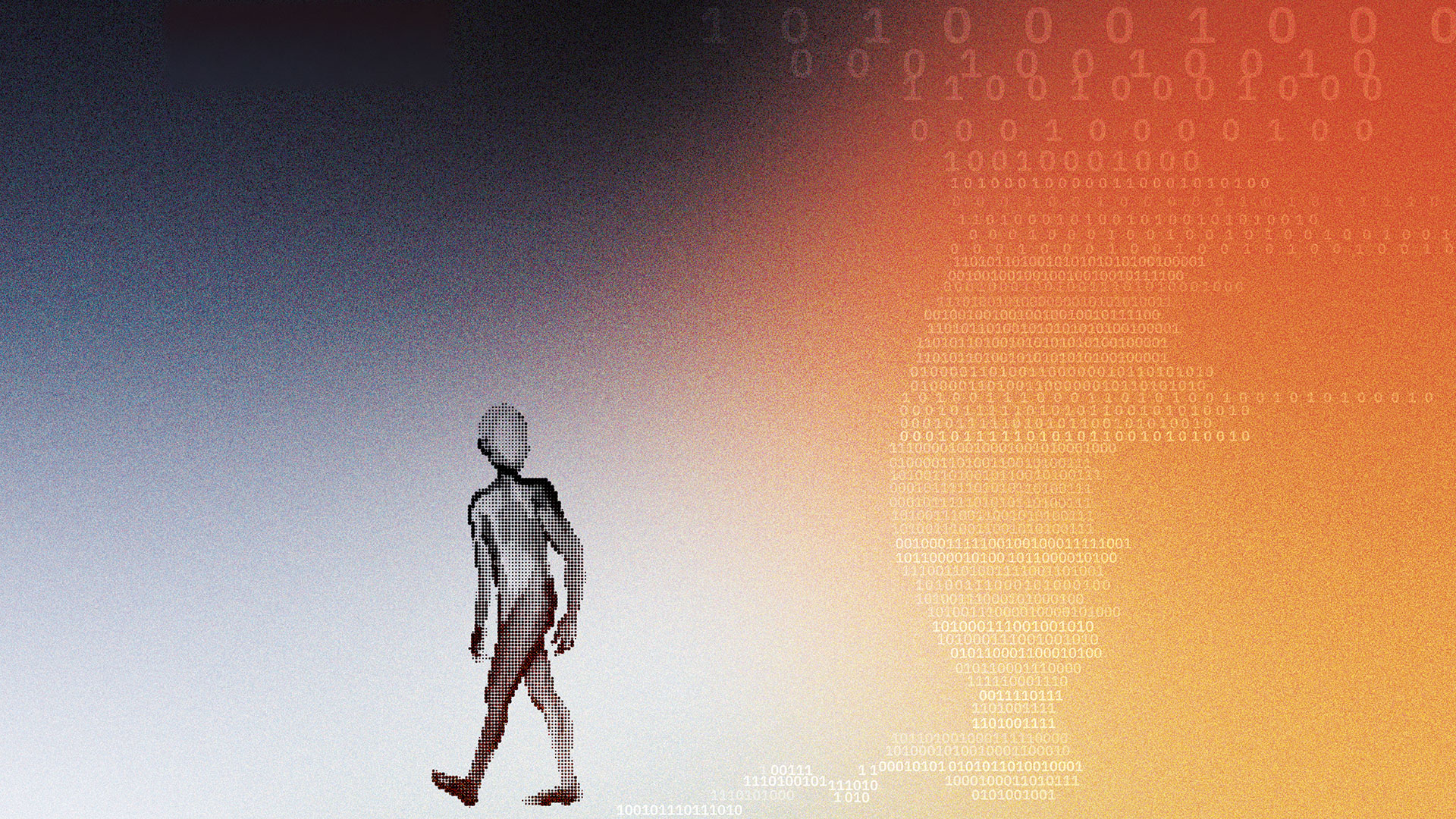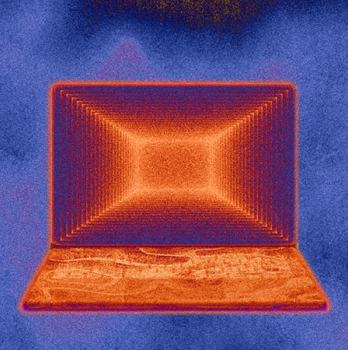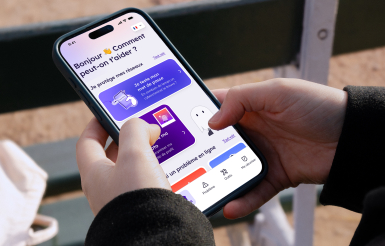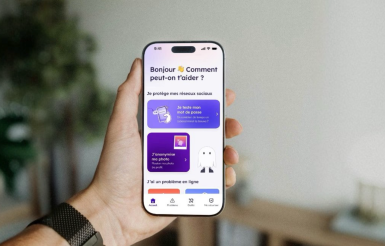10th IP Report - Our Data After Us
The CNIL's 10th Innovation and Foresight Report explores the uses and challenges of post-mortem data, from death to digital immortality, from data management, accounts and data transmission to new offerings from “deadbots”, conversational agents trained on the data of deceased individuals.

According to a survey conducted by Harris Interactive and the CNIL in November 2024, nearly a third of French people say they have already come across content from the social media accounts of deceased individuals, particularly in younger age groups. However, the same survey found that half of French people would prefer their social media content to be deleted after their death, particularly older people.
As our lives become increasingly digitised, the question of our posthumous presence in the digital landscape is becoming increasingly pertinent. Our digital footprints do not disappear with us; post-mortem data survives us
LINC has chosen to explore the themes of post-mortem data and digital death, which cover a wide range of uses and issues. This report is based on a quantitative survey conducted by Harris Interactive-Toluna in November 2024, a design analysis carried out by LINC on a series of digital services and a review of uses, issues, studies and research on the subject. Meanwhile, LINC collaborated with Agence Mon Oncle to create four fictional stories addressing four distinct themes: memory, ghosts, transcendence and inheritance..
Post-mortem, the law differs
Although data relating to deceased persons allows individuals to be identified directly or indirectly, it is not considered 'personal data' under the General Data Protection Regulation (GDPR). Indeed, Recital 27 specifies that the GDPR "does not apply to personal data of deceased persons". However, the text allows Member States to establish local legislation.
While France has an article in its Data Protection Act, there are differences in international approaches to balancing the protection of personal data and inheritance rights.
Practices of digital death
The practices developed by relatives at the time of a loved one's death and during the mourning period have evolved alongside technological advances.
Since the launch of the first 'online cemetery' in 1995, a wide range of practices and services have emerged to help people cope with the death of a loved one. These allow for the personalisation of mourning practices and open up new forms of media(tisation) of death.
The 'digital death' market
In this context, the concept of 'digital death' has given rise to a new market. While the largest platforms remain at the centre, companies have been quick to offer services dedicated to managing digital assets, social media accounts, and transferring data. Furthermore, a whole ecosystem dedicated to the afterlife has emerged.
The user experience of digital death in 2025
Based on an inventory of information pages and privacy policies from twenty digital services and user experience testing on seven major platforms, LINC conducted a retro-design exercise involving post-mortem user journeys. These were recreated according to three time frames.
- Ante-mortem settings: when a person wishes to anticipate, configure and prepare the management of their data after their death;
- Post-mortem actions: when an heir or authorised representative must take action on digital service accounts;
- Post-mortem interactions: when a third party, or simply a bystander, finds themselves in a situation where they need to interact with the data or account of a deceased person.
-> Find the methodology and data for this design analysis in an article by LINC.
-> Download the poster "Overview of user journeys for managing data after death" (pdf)
Towards immortality?
The quest for eternity did not begin with digital technology. It features in religions and fiction, providing an inexhaustible source of inspiration for creators of digital immortality solutions. Technological developments have enabled us to move beyond mere memory and bereavement support, opening up new avenues already evident in movements such as transhumanism.
It is now possible to train conversational agents — sometimes known as 'deadbots' — using data from deceased individuals, enabling them to interact in the same way as those individuals did. These new applications raise new questions, particularly the issue of a potential 'post-mortem privacy paradox', or the right not to become a robot.
The materiality of digital death
These post-mortem data, avatars and conversational agents all rely on physical technical infrastructure. Storing and preserving data has become a task in itself for individuals implementing strategies to safeguard their own data or that of deceased loved ones during their lifetime. Similarly, digital backup and 'digital survival' solutions require maintenance to continue functioning. This raises questions about the materiality of digital death.
Ways to raise awareness of the legal and ethical issues surrounding post mortem data
The wide variety of use cases described in the report raises a number of legal and ethical issues. Within the current legal framework, LINC proposes a series of recommendations addressed to the various stakeholders.
Raise public awareness of the future of their personal data
- Remind people that they have rights regarding post mortem data
- Raising awareness and encouraging the public to manage their data ante mortem
- Promoting “digital hygiene” practices
- Considere the environmental footprint of post mortem data management
Encourage the development of understandable user journeys
- Promote the creation of design standards for user experience
- Clarify legal issues relating to beneficiaries and mandates for deceased persons
Preventing risks associated with the use of AI on post mortem data
- Paving the way for better control over the use of one’s data by AI
- Preventing and informing on the risks associated to the use of deadbots

Post-Mortem.cloud
Une exploration des imaginaires du numérique et de la mort qui a débouché sur la création de quatre récits de fiction reprenant les grands enjeux des données post mortem : mémoire, fantômes, transcendance, héritage.
Un projet mené par l’agence Mon Oncle, François Houste et Julie Girardot.
Aller sur le site

Enquête : les Français et les données post mortem
En fin d’année 2024 et dans le cadre des travaux de rédaction du Cahier IP n°10 « Nos données après nous », le LINC a lancé une enquête avec Harris Interactive – Toluna afin d’explorer les relations des Français aux données post mortem.
Aller à l'article



